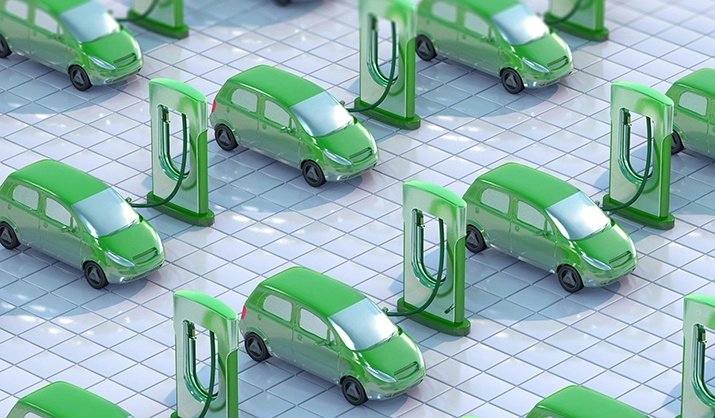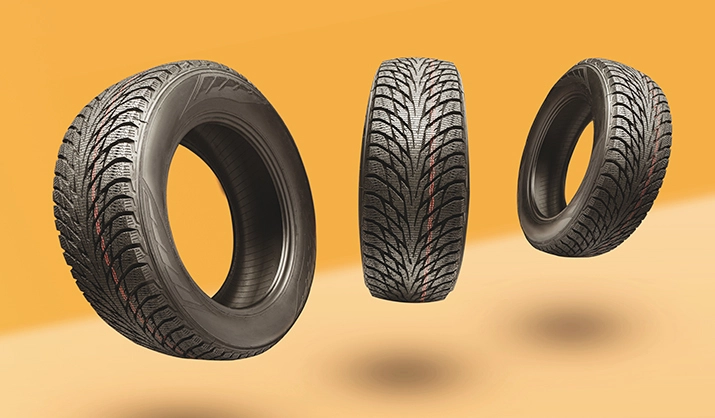An insights-driven approach will help track market and customer changes, enabling brands to navigate short-term hurdles while maintaining long-term growth.
The new U.S. administration is revising—or plans to revise—several policies that could significantly impact the future of the auto industry, particularly electric vehicles (EVs).
Currently under discussion are proposals such as sunsetting EV tax credits under the Inflation Reduction Act, which has supported battery production and provided a $7,500 incentive for EV buyers. New tariffs on imports from Mexico, Canada, China, and other countries aim to encourage domestic manufacturing. Meanwhile, relaxed emissions regulations may lower compliance costs for automakers, though states like California may continue to enforce stricter standards.1
In early February, Cox Automotive stated: “While the threat is still in place, the Cox Automotive team remains confident that compromises will be worked out in due time and any tariff pain will be short-lived, not a long-term policy adopted by the United States.” 2
As much as we hope this is a short-term issue, the auto industry must prepare for these shifts. Brands worldwide need to stay informed and be ready to pivot as needed.
Evaluating short-term vs. long-term impact.
In the short term, we can expect a slowdown in EV sales growth—evidence of which is already emerging—alongside an increase in service and maintenance as more EVs remain in use longer. But what about the long-term outlook? Will consumer enthusiasm for EV adoption wane if investments in infrastructure, battery production, and workforce training are deprioritized?
Steps brand teams can take to prepare for market shifts.
Public perception is heavily influenced by strategic marketing, public relations, and brand communication. To navigate this evolving landscape, automakers and industry stakeholders should consider:
- Transparency and Messaging: Clearly communicate where products are manufactured to reinforce the benefits of domestic production.
- Financial Incentives: Offer attractive financing options, such as low loan rates, extended terms, manufacturer discounts, and service packages, to counterbalance the loss of federal incentives.
- Sustainability Commitment: Highlight sustainability efforts across all vehicle types—EVs, plug-in hybrids (PHEVs), and internal combustion engine (ICE) models—to maintain consumer trust.
- Consumer Education: Promote the long-term benefits of EVs while addressing concerns about infrastructure, battery advancements, and cost efficiency.
Get strategic about determining the best approaches for your brand.
Given the long lead times in automotive product planning, it is more critical than ever to assess consumer sentiment and purchase intent. Understanding the evolving landscape can help brands identify key triggers that drive positive or negative EV consideration.
How insights professionals can guide brands through this transition.
Key methodologies include:
- Perceptual Mapping: Evaluate brand positioning relative to competitors to uncover differentiation opportunities.
- Factor Prioritization: Identify what matters most to consumers and refine marketing and product strategies accordingly.
- Product Portfolio Optimization: Align product offerings with shifting consumer sentiment and regulatory changes.
- Consumer Segmentation: Developing targeted strategies based on updated consumer preferences, behaviors, and needs.
U.S. market shifts impact brands globally.
While this analysis focuses on the U.S., successful strategies implemented here can serve as valuable blueprints for global markets, offering significant returns on research and planning efforts.
Next Steps
To ensure your brand is well-positioned in this new era, it’s essential to stay ahead of consumer sentiment and industry shifts. Let’s discuss your brand’s unique market position and the best strategies to optimize for future success.
1 David Shepardson, U.S. EPA Approves California Plan to Ban Sale of Gas-Only Cars Starting in 2035, Reuters, Dec. 18, 2024.
2 Cox Automotive Editorial Board, Tariffs Across North America Will Upend the Auto Industry Feb. 4, 2025, report.




